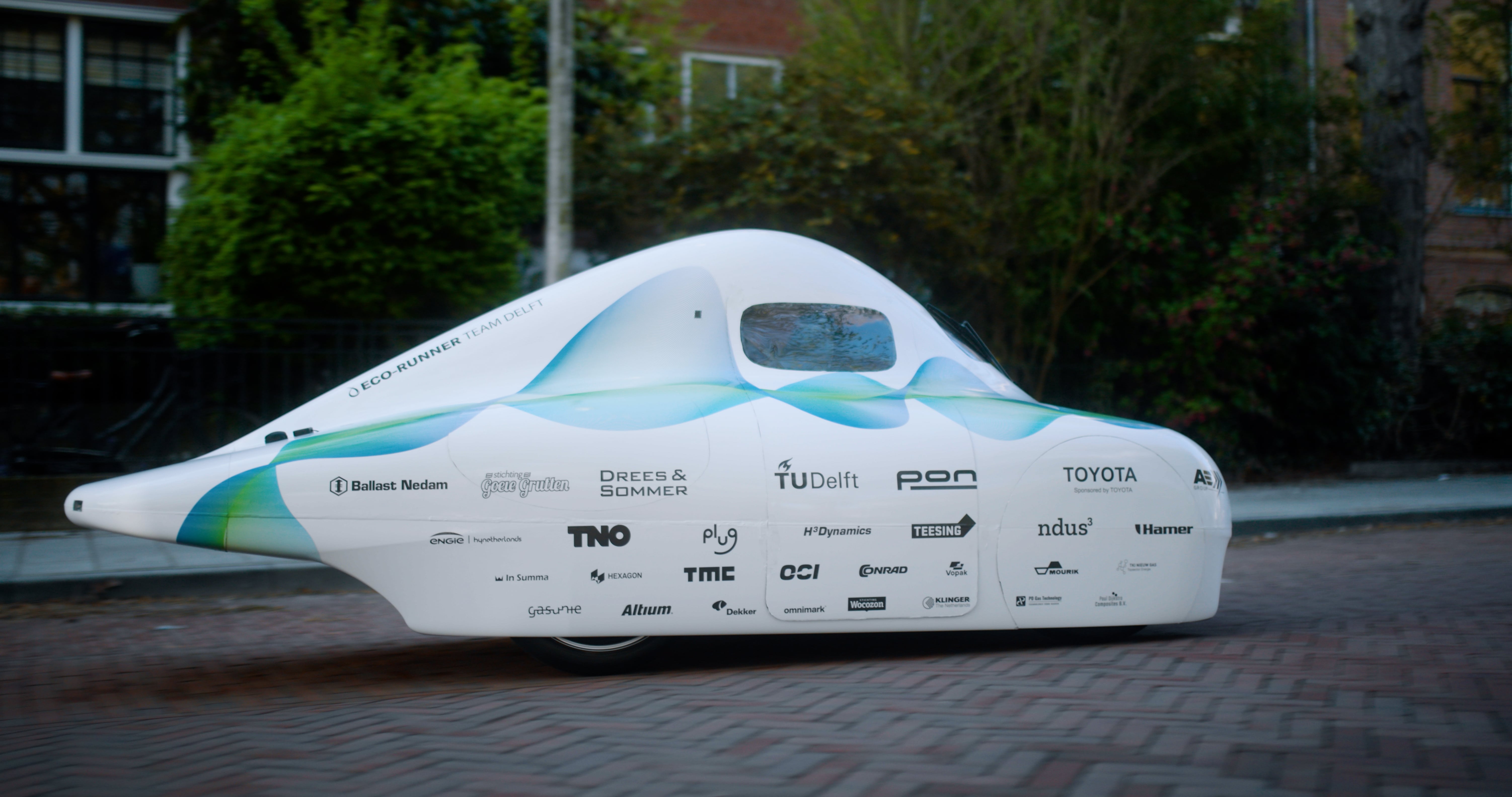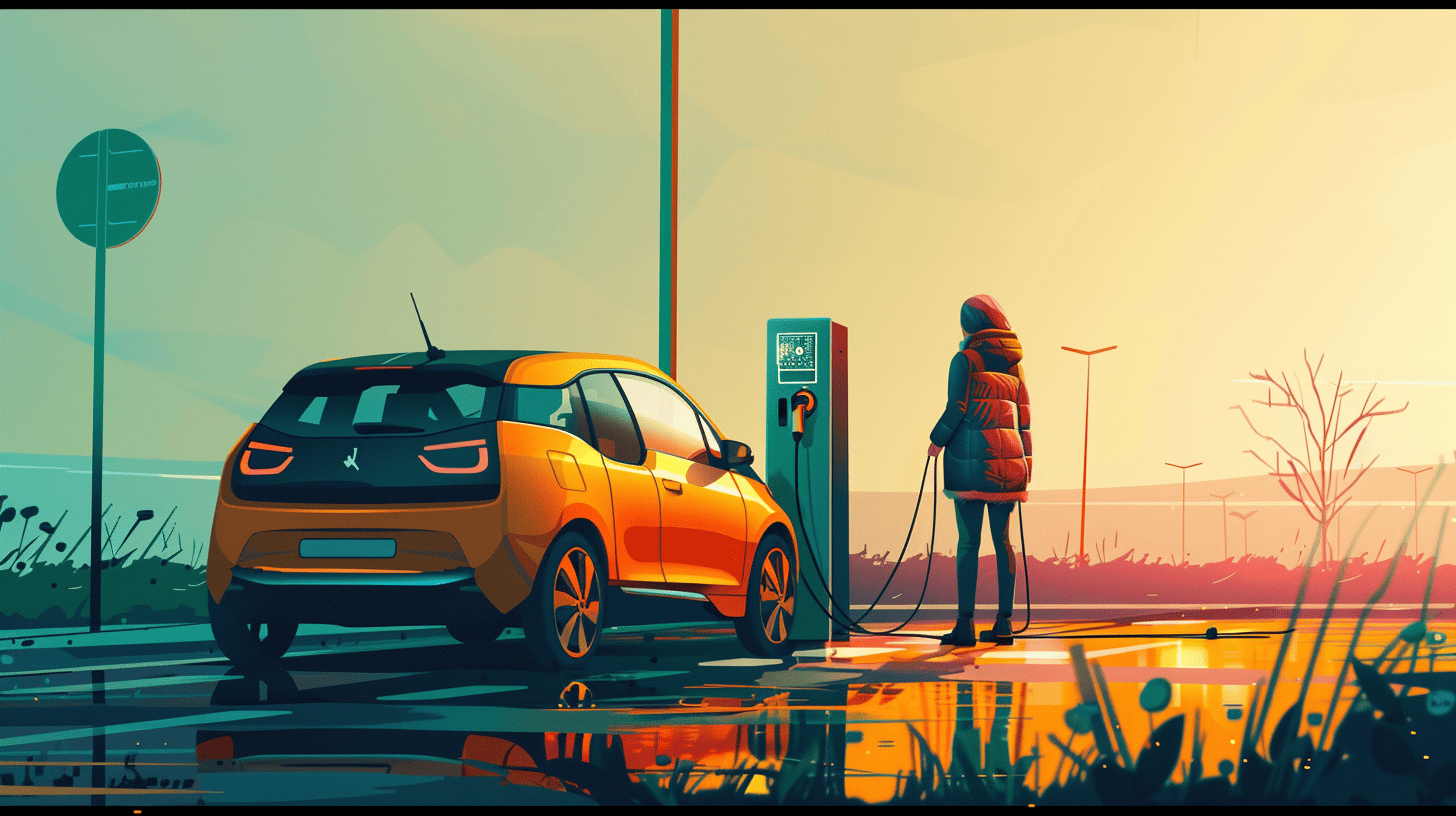
Solar Team Eindhoven is changing course. Since 2012, the student team from the Eindhoven University of Technology (TU/e) has been working on a solar-powered family car. They previously participated in the biennial World Solar Challenge in Australia. In this competition, students from all over the world drive their custom-made cars three thousand kilometers. After four victories in the cruiser class, where it’s not just about speed but above all about the efficiency of the car, it is time for a new challenge.
“The Solar Team started out in 2012 with the goal of creating a solar-powered family car that would actually be used in society,” says Kjell Revenberg, team leader of Solar Team Eindhoven. At the time, this was quite a challenge from a technical and societal point of view. This dream will come true in 2021. Start-up Lightyear, whose founders all started at the Solar Team, will introduce its solar car to the market this year. “We are extremely proud of this as the next generation of the Solar Team.” Revenberg goes on to say. “Which means that our goal as a student team has been achieved.”
Read more about Lightyear here.
Back to the drawing board
Which is why the students went back to the drawing board. “We looked at a number of contemporary issues in mobility and started looking for solutions. For example, how can we achieve a higher rate of occupancy in cars on the road or what are the possibilities for shared mobility,” Revenberg explains. Students look at society and the current problems we are facing from a different perspective. That frequently results in new insights and solutions.
Read more about the Solar Team here.
Revenberg: “Then we started looking for a solution that we as a student team could then figure out. Over the past few years, we have of course gained a lot of knowledge about solar-powered family cars. We now want to apply that knowledge once more.” The team leader confirms that the team is going to make another solar-powered vehicle this year. What kind of vehicle exactly? He doesn’t want to say at this stage. “In any case, the new vehicle will be larger than a family car.” The student team’s new idea does not meet the World Solar Challenge requirements for competing cars.
Tour through Europe
Production process of the new vehicle is set to start in March. That is when the team will unveil their still mysterious project. The students do not have that much time for its development. After the summer, the vehicle has to be ready to go on the road. “We will then be touring around Europe with our new vehicle,” Revenberg adds. The team wants to inspire the market and society with their new solar vehicle this way. They will be visiting universities and partners, but also museums and other public spaces. It is still unclear exactly what the tour will look like as far as corona is concerned. Revenberg: “We do want to work towards an event. As a student team, we can set the bar high, we like to challenge ourselves over and over again.”
In September 2020, the last batch of students from the Solar Team presented their latest car, the Stella Era. This car generated enough solar energy to be driven as well as power other devices such as lamps and a coffee maker. This can be handy on the way to a vacation destination, for instance. “We also want to further optimize the new vehicle in order to ultimately generate more power than the vehicle itself needs. That’s where the future lies,” the team leader concludes.







